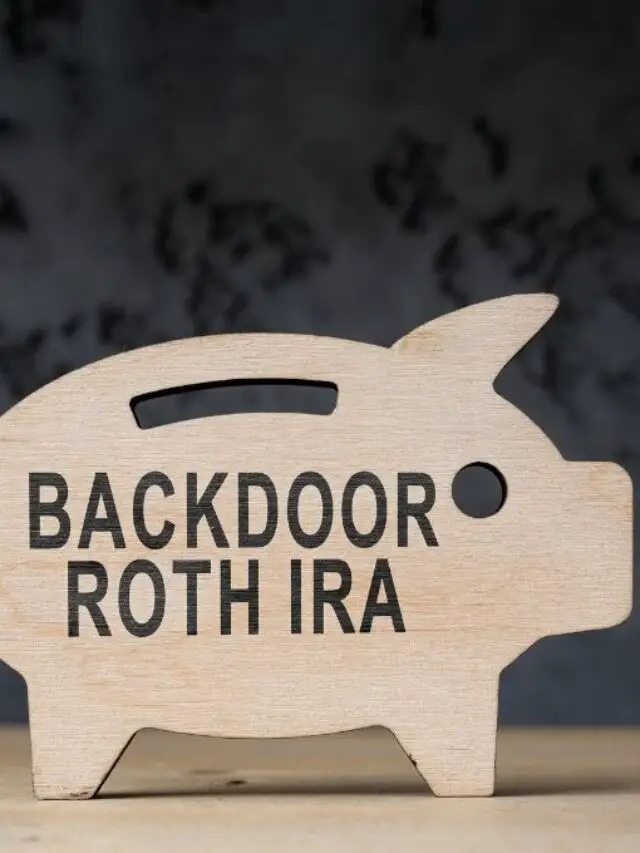Navigating the labyrinthine world of mortgage options can prove a herculean task. Among the multitude of paths, the USDA loan may emerge as a beacon of opportunity for the right candidate. Created to invigorate rural homeownership, this mortgage option offers unique benefits, and its understanding is vital. The ensuing narrative aims to decrypt the complexities of USDA loans, shedding light on various types and establishing a framework for eligibility assessment.
Table of Contents
| Key Takeaways | |
|---|---|
| ⇝ | USDA loans primarily aim to stimulate rural home buying. |
| ⇝ | Multiple types of USDA loans exist, each with its unique set of eligibility criteria. |
| ⇝ | Certain strategies can yield optimal USDA mortgage rates. |
| ⇝ | Various additional programs and grants may supplement your USDA loan. |
| ⇝ | Eligibility criteria can involve income limits, geographical restrictions, and credit requirements. |
What Constitutes a USDA Loan?
USDA loans operate under the umbrella of the United States Department of Agriculture. These loans provide avenues for lower-income families to acquire a home in less densely populated areas. It’s not just farmlands or open plains; small towns and suburban localities also often qualify.
| Useful Tip |
|---|
| Vigilance in reading the fine print stands paramount. Certain USDA loans may come with strings attached, like requirements for the home to be your primary residence. |
Diving Deeper: Types of USDA Loans
Three key types of USDA loans exist: USDA Guaranteed Loans, Single Family Housing Direct Home Loans, and other specialized USDA loans like the USDA Repair Loans. Each presents distinct characteristics and advantages.
- USDA Guaranteed Loans: Here, the USDA guarantees the loan provided by a participating local lender. This allows you to get low mortgage interest rates even without a down payment.
- Single Family Housing Direct Home Loans: In this scenario, the USDA acts as your lender. This suits low-income families particularly well.
- Specialized USDA Loans: For individuals who already own homes and wish to make them more energy-efficient or repair them, specialized USDA loans can come to the rescue.
Assess Your Fit: Eligibility Criteria for USDA Guaranteed Loans
Here, several factors play a critical role. The core requirements often revolve around income, credit score, and property type.
- Income: The total income should not exceed 115% of the area’s median income.
- Credit Score: Though variable, a 640 FICO score generally forms the threshold.
- Property Requirements: The property should fall within USDA’s designated rural areas.
Comparison of USDA Guaranteed and Direct Loans
| Criteria | USDA Guaranteed Loans | Single Family Housing Direct Loans |
| Income | Up to 115% of median | Low income |
| Credit Score | 640 minimum | More flexible |
| Down Payment | Not required | Not required |
| Useful Tip |
|---|
| For accurate determination of your loan eligibility, consult USDA’s online eligibility maps. These will give you an idea of whether your desired property falls within a qualified zone. |
Specified Rules: Eligibility Criteria for Single Family Housing Direct Home Loans
In this category, income stands as the pivotal focus. The USDA specifies income limits based on your family size and the county you plan to move to. Credit score requirements appear more flexible compared to USDA Guaranteed Loans.
Calculating Area Income Limit
| Family Size | Area’s Median Income | USDA Limit (Low Income) |
| 4 | $70,000 | $35,000 |
| 5 | $70,000 | $40,000 |
| Formula |
|---|
| USDA Limit = 0.5 x Area’s Median Income |
Unlocking Favorable Terms: Strategies for Securing Optimal USDA Mortgage Rates
Embarking on this financial expedition, several potent strategies loom, equipped to enhance the attractiveness of your mortgage rates. Precision in approach remains non-negotiable; let’s dissect these tactics.
- Comparison Shopping: This stands as a cornerstone. Multiple lenders offer USDA loans; thus, their rates can differ appreciably. Investigate, consult various quotes, and then plunge.
- Loan Term Alteration: Longer-term loans usually carry lower monthly interest rates. While you’ll pay more interest over time, this strategy can be beneficial for immediate budget alleviation.
- Credit Score Augmentation: A pristine credit score unfailingly paves the way for lower rates. If your score hovers on the lower side, deliberate short-term adjustments might elevate it.
Additional Programs and Subsidies: Unveil Extra USDA Perks
USDA’s benevolence extends beyond mere loans. Various additional programs serve to elevate the homeowner’s quality of life.
- Grants: Initiatives like the Section 504 Home Repair program offer grants for elderly homeowners, facilitating essential home repairs.
- Home Improvement Loans: If your dwelling necessitates substantial modification, loans up to $20,000 exist, designed to alleviate this fiscal strain.
- Energy-Efficient Programs: USDA ardently supports sustainability. They offer financial boons for homes designed or retrofitted to be energy-efficient.
Graph Title: Allocation of USDA Grants in Fiscal Year 2022
| Program | Value ($) |
| Home Repairs | 15 million |
| Energy-Efficient Programs | 12 million |
| Home Improvement | 10 million |
Conclusion
In traversing the intricate landscape of USDA loans, this narrative has sought to be your compass. It touched on loan types, unpacked eligibility criteria, and even explored supplementary fiscal aids. As loans go, the USDA offerings stand replete with options for the discerning borrower, especially those aiming for rural or suburban dwellings.
Additional Resources
- Government Websites: USDA’s official website serves as a repository of authentic information.
- Mortgage Calculators: Tools exist, designed to approximate your potential loan amount and monthly payments.
- List of USDA-Approved Lenders: Consult it for legitimate lending options.
Call to Action
Hesitation can often be the most expensive element in the cost of life. If USDA loans have piqued your interest, delve deeper. Consult experts, access resources, and conduct a meticulous evaluation of your own circumstances.
Frequently Asked Questions (FAQs)
- What is the maximum loan amount for a USDA loan?
This varies by county and specific financial situation. There is technically no maximum limit, but lenders usually impose one. - How long does the loan approval process take?
Usually, it takes between 30 and 45 days, although this can vary. - Is mortgage insurance required for USDA loans?
Yes, a form of mortgage insurance is required. - Can I refinance a USDA loan?
Absolutely, but specific rules apply. - What happens if I sell my USDA-financed home?
Generally, you can sell it, but any subsidies received may have to be repaid. - Are mobile homes eligible?
Usually not, although there are some exceptions. - Do USDA loans cover closing costs?
In some instances, yes. Certain lenders might roll closing costs into the loan. - Can I get a USDA loan with bad credit?
The minimum FICO score typically starts at 640, although exceptions exist. - Is there a prepayment penalty?
No, USDA loans don’t have a prepayment penalty. - How does the USDA define ‘rural’?
The USDA typically looks at the population density, generally preferring areas with fewer than 35,000 inhabitants.
May this guide serve as your financial lodestar, leading you to a home that complements your aspirations. Thank you for engaging with this intricate topic.
Prashant Chauhan
Author @ Finance RuffleMeet Prashant Pratap Chauhan, the savvy founder behind Finance Ruffle, a hub for sharp financial insights and expert analysis in the realm of finance blogging.




Pingback: Explore 2024’s 6 Best First-Time Home Buyer Loans And Programs: Your Quintessential Guide | Finance Ruffle
Pingback: First Time Home Buyer Program By State: 5 Powerful Insights For Your Dream Home | Finance Ruffle
Pingback: 7 Insidious Tactics Of Predatory Lending: A Complete Guide | Finance Ruffle
Pingback: Real Estate Investing For Beginners: Best 8 Nifty Ways To Turn $1,000 Into A Goldmine | Finance Ruffle
Pingback: 5 Amazing Insights Of Fannie Mae And Freddie Mac | Finance Ruffle
Pingback: 7 Key Insights Of Cash-Out Refinance: The Comprehensive Guide | Finance Ruffle